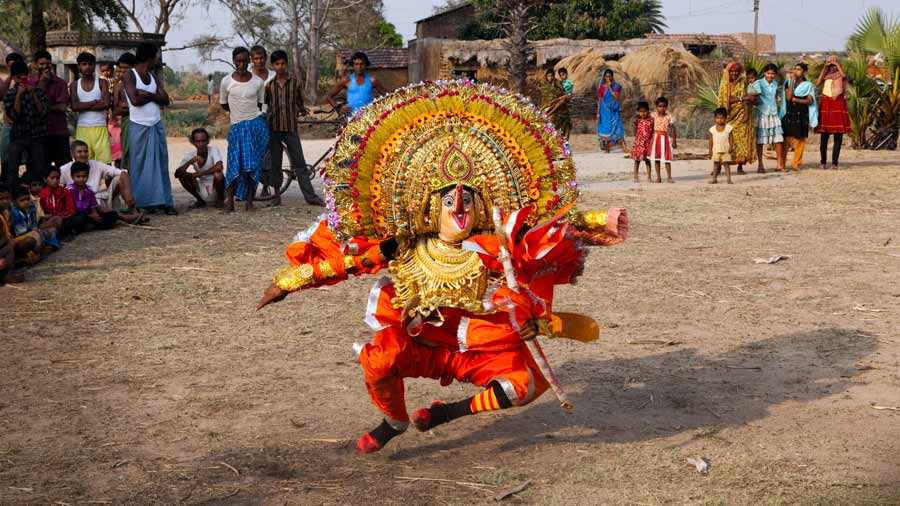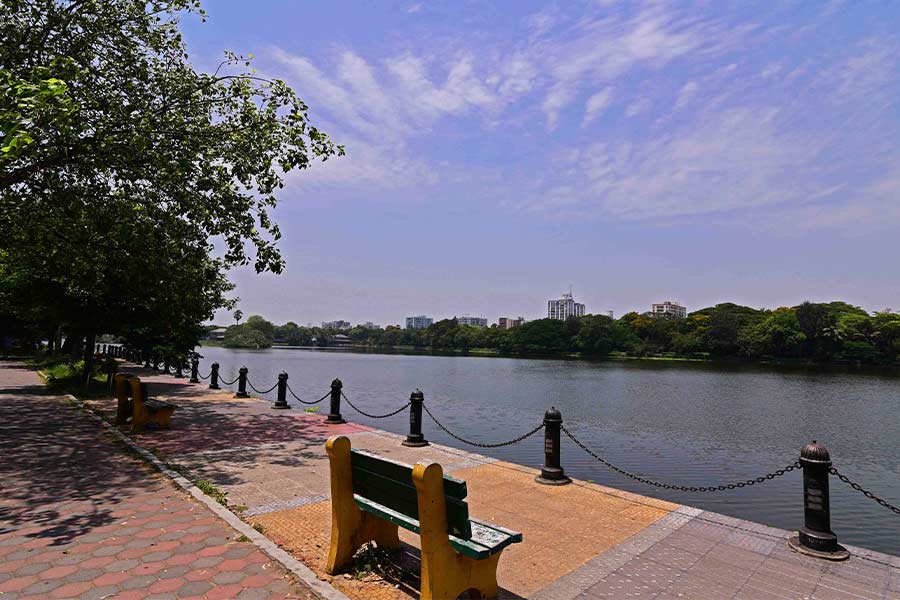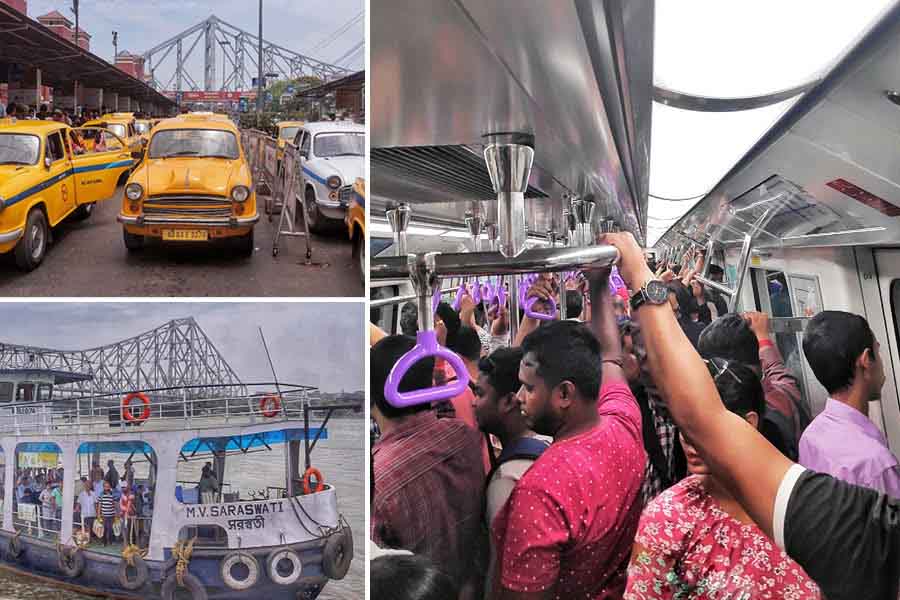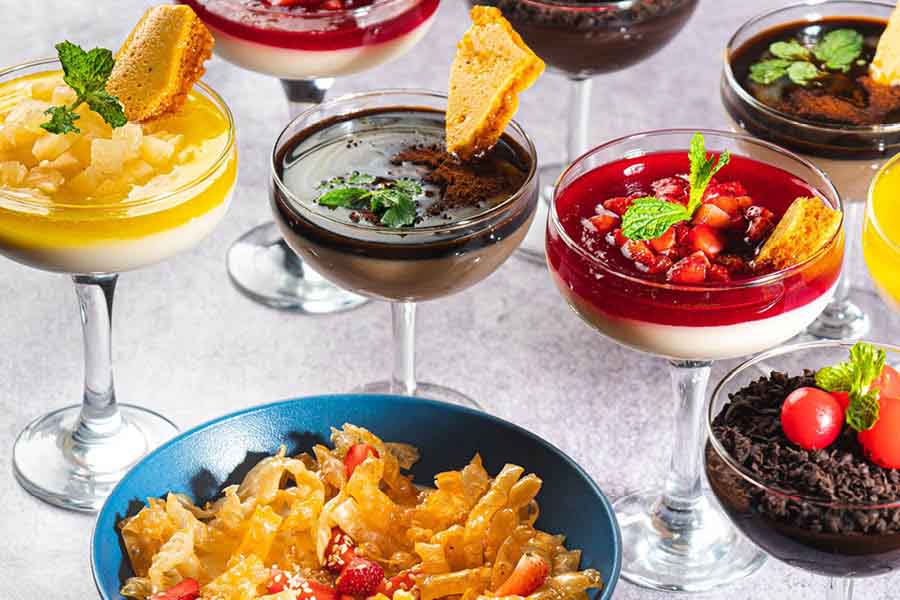In the history of Bengali folk music, Baul, Kirtan, Bhatiali and Bhawaiya songs have been revived and re-used the most. But Bengali folk is a rich labyrinth of melodies and cultures — there are secular and religious songs, social ballads, workers’ chants, hymns based on legends or myths and so much more. Collectively, our folk heritage reflects the cultural heterogeneity of Bengal.
Bengal can be divided into four parts or regions — the Rarh region, West Bengal, Uttar Bengal (north Bengal) and East Bengal. All four regions celebrate different folk cultures, which are not sectioned by regional boundaries, but by dialects or communities. In the Rarh region, for instance, which includes the districts of Medinipur, Bankura, Purulia, West Burdwan and Birbhum, folk sounds of Bhadu, Tusu, Jawa and Jhumur are the most popular.
In the West region, which includes districts of Hooghly, Howrah, 24 Parganas, Nadia and Murshidabad, songs like Aalkap, Bolan and Panchali are most prevalent. Similarly, Gombhira, Bhawaiya and Chotka songs are popular in the north.
Here’s a breakdown of the different kinds of Bengali folk music you can explore:
Aalkap
This rural folk theatre is basically a dance musical, popular in districts like Malda and Murshidabad. Some experts suggest that the word Aalkap comes from the word aal which means humour (in the local tongue, it’s referred to as rongo rosh) and Kaap translates to a light joke. The songs in Aalkap performances are amusing and often satirical.
Kannya sajaniya gaan
Popular in north Bengal and the northern parts of Bangladesh, this folk category is usually sung during wedding festivities, particularly while dressing up a bride. It is also called Kone sighrano. Some of the most popular lines are :
“Sajlo dhowni Rashmoni
Nityabilashini Nikunjabon
Esho esho pranshoi saajabo aaj rajnondini”.
Kobi gaan
Kobi gaan rose to popularity in the mid-1700s, particularly the period after the demise of the court poet Bharatchandra Ray Gunakor (1760) till the death of Ishwargupta (1859). It was popular in Kolkata and its suburbs. The vocalists are usually called kobiaal. Anthony Firingee, who inspired the cult Uttam Kumar-starrer of the same name, was the most well-known kobiaal of his time. The kobi gaan that originated from villages is called Dhua Gaan.
Gombhira
The Gajan Charak festival is locally known as Gombhira in north Bengal, particularly Malda. In some parts of Bengal, the word Gombhir refers to Lord Shiva. These folk songs usually feature extempore dialogues. Interestingly, tunes of Aalkap, Baul, Kirtan, Ramprasadi have amalgamated with Gombhira songs.
Garowali songs
In rural areas, bullock carts (gorur gari) were the most popular means of transport. These moving songs would usually be sung by the garowal or the man helming the cart and would often include some heartfelt lyrics.
Chotka Gaan
Chotka is another form of Bhawaiya. The lyrics of these songs are centred around mundane household activities and love. Popular in north Bengal, the songs are sung around Jalpaiguri and even Assam. Prem jane na roshik Kalachand is one of the most popular numbers in this genre.
Jawa Songs
Jawa songs have a focus on harvest and are sung across rural Bengal while reaping and sowing seeds. Women usually sow the seeds and when the sapling comes out, they visit different houses and sing and dance to celebrate.
Jhumur
Jhumur is popular around Santhal Parganas, West Burdwan, Dhanbad and Bankura. These songs are themed mainly around Radha-Krishna and one may also note the influence of Baishnab Padabali in the lyrics. Jhumur is often also sung with Chau Nachch.
Tusu
In the Rahr regions of Bengal, Tusu celebrations mark the entire month of Poush in the Bengali calendar. The main attraction of this festival are the Tusu songs. They are usually sung by women and depict moments from their humble lives.
Bauri
The Bauri community resides in the regions of Birbhum and Bankura. Their songs are also known as Urie gaan or Dangale gaan. It’s a type of working song. Issues like class stratification get reflected in the lyrics and they’re sung to the rhythms of Jhumoor and Launi.
Baul
The Baul musical tradition constitutes elements of Sufism and Vaishnavism. With its liberal interpretation of love, it transcends religion. It celebrates celestial love, but in very simplistic forms. The origins of Baul music have not yet been determined, but no other folk tradition has had this much of an impact on Bengali culture. Baul is often referred to as the king of folk songs.
Bhawaia
Bhawaia originated in parts of Cooch Behar, Jalpaiguri, West Dinajpur, in parts of Assam and the Rangpur Division of Bangladesh. It's a working-class genre and the lyrics express the pangs of separation, loneliness, love and affection and also have social messages.
Bhatiali
This category of river songs originated in parts of Cumilla, Moymonsingha and Sylhet regions of East Bengal. It typically constitutes the song of the boatmen (often as a way to cope during solitary rides on the river). The word Bhatiali emerges from the word Bhati, and over the years, this particular form of folk has been revived numerous times in mainstream music.
Bhadu
In the western parts of Purulia, Birbhum, Bankura, West Burdwan, Jhargram and in some parts of Murshidabad, the women usually ring in the Bengali month of Bhadra with a festival. While the Bhadreswari idol is worshipped during this period, song and dance are the biggest parts of the celebrations. The songs are sung to celebrate the new harvest and the women often speak of their desires through these songs.
Sari gaan
In east Bengal, the songs sung during the baich (boat) competitions are traditionally called Sari songs. As the boats are propelled with sculls ,the boatmen sing the songs in groups. The songs reflect the exuberance of the people. The difference between Bhatiali and Sari songs has to do with their respective rhythms.
Reference: Bongio Loksanskriti Kosh by Barun Kumar Chakraborty






